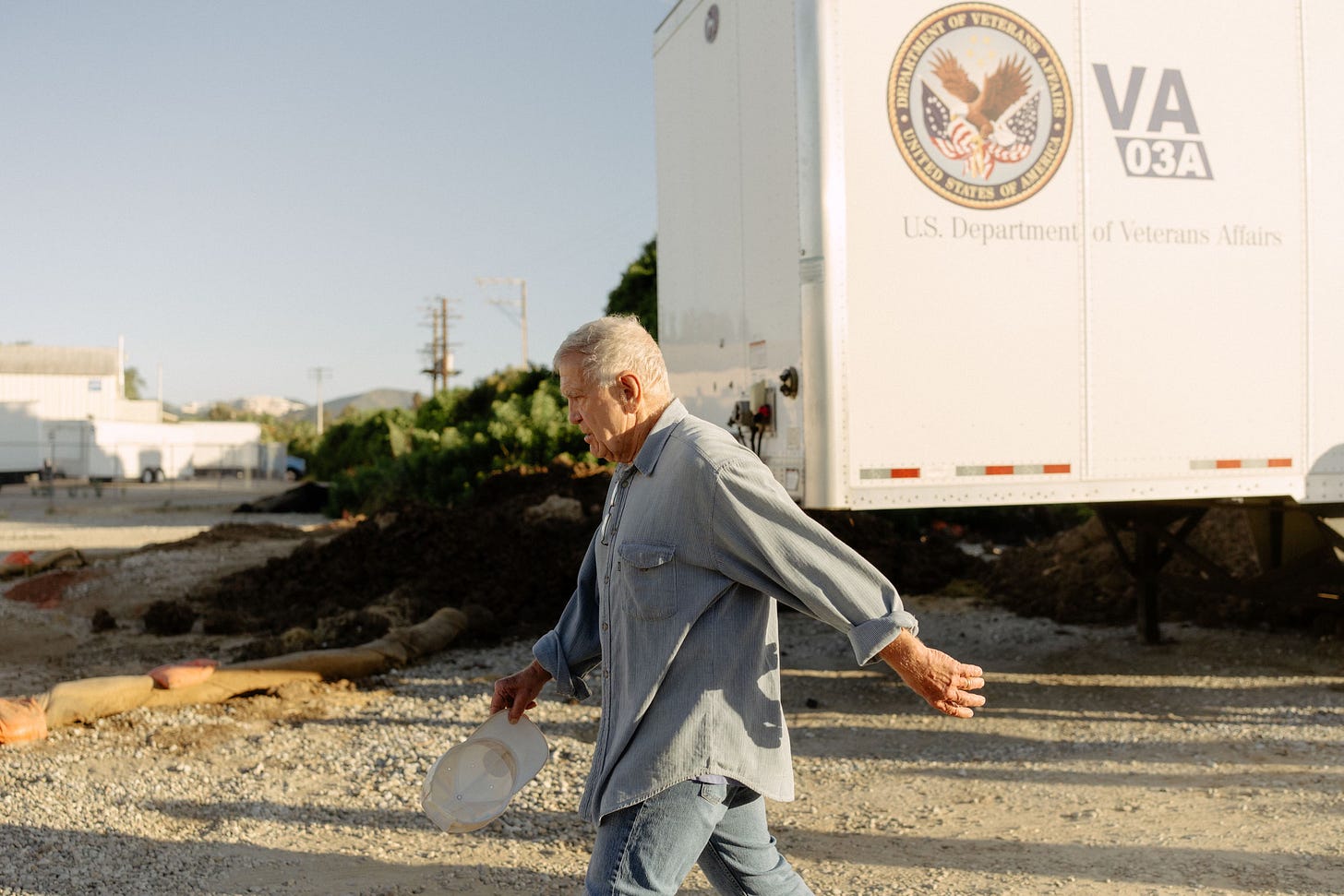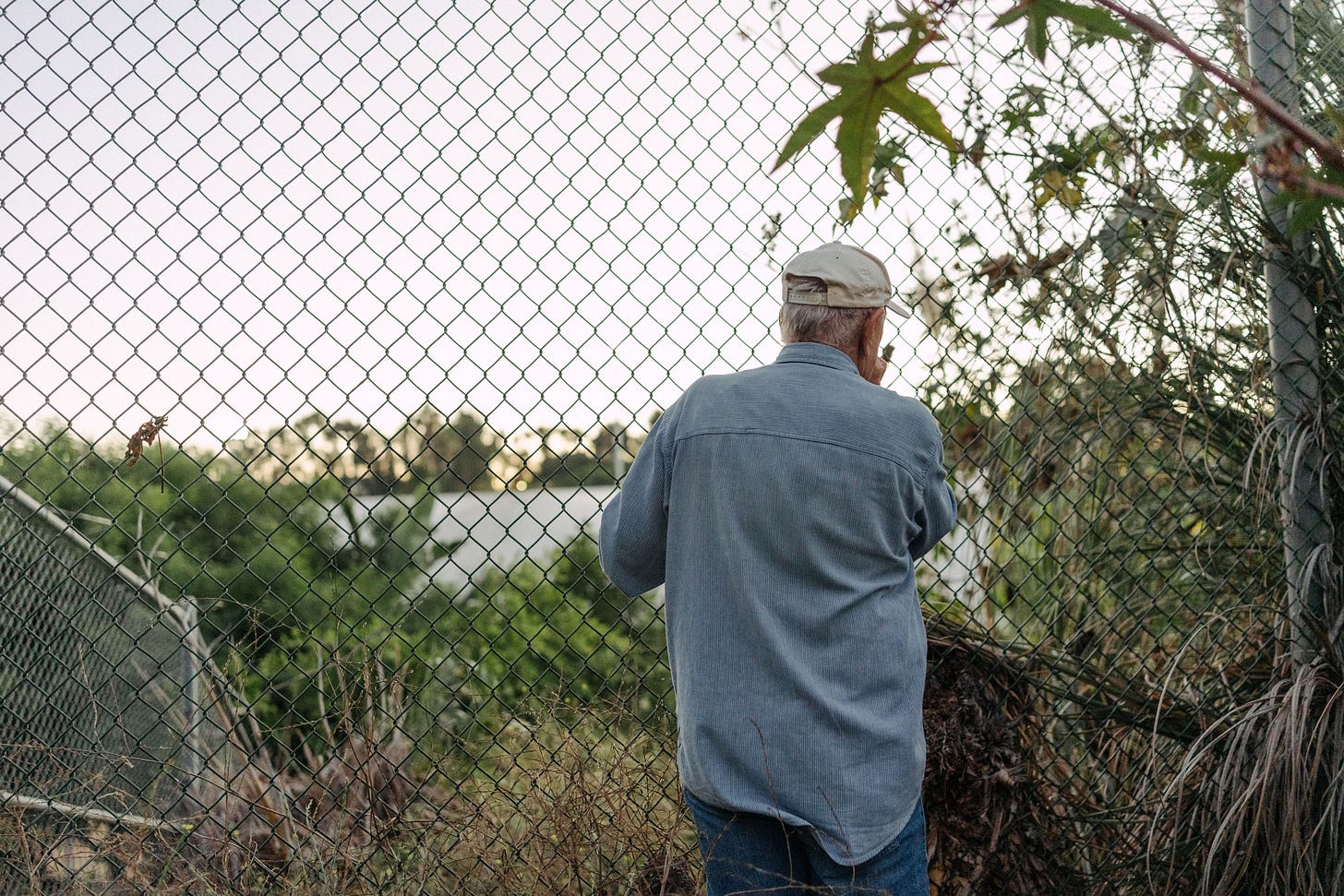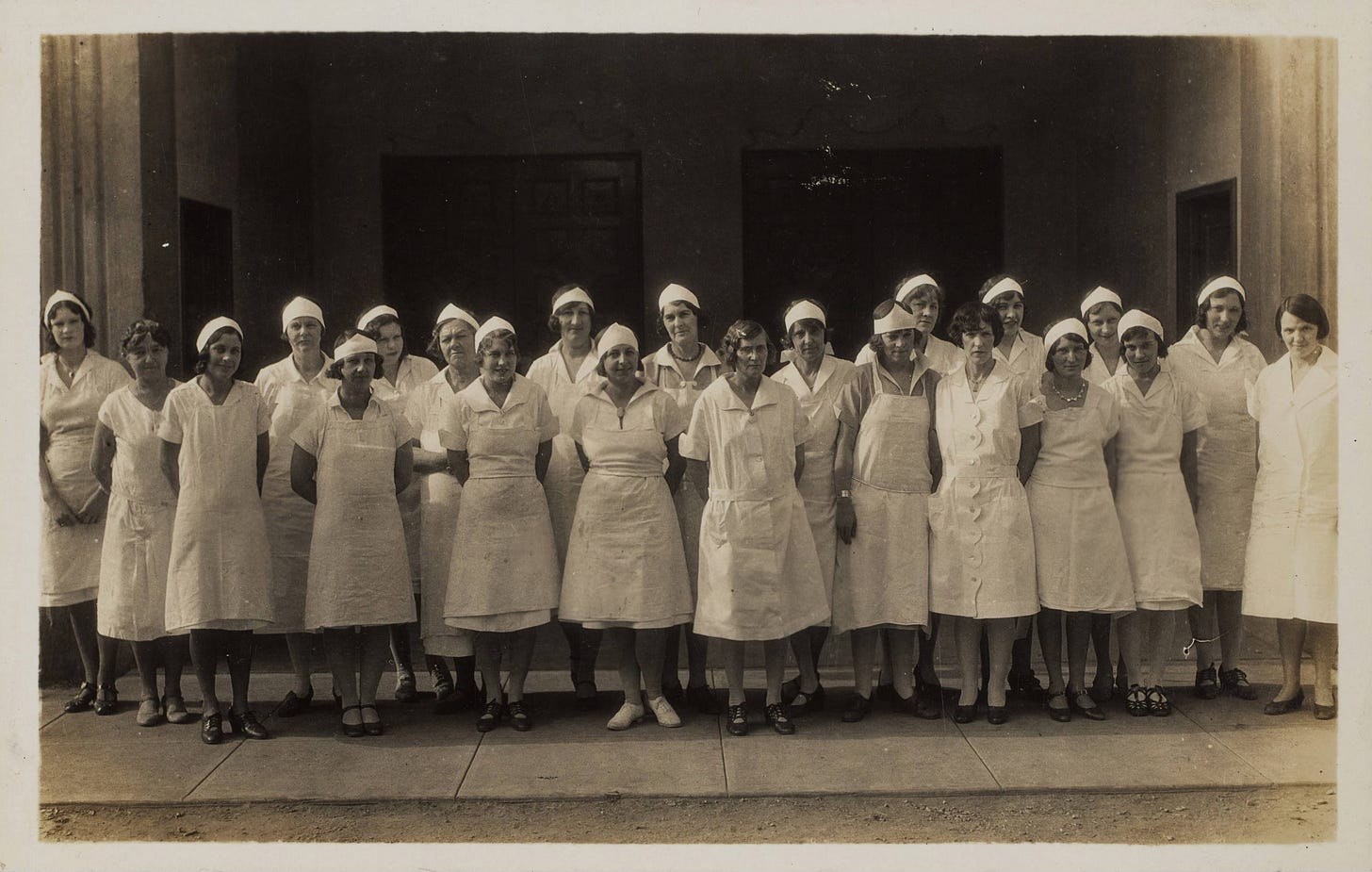Day 15: A landfill with methane and radioactive waste threatens veteran housing at the West LA VA
A day of regulatory ping pong on the witness stand punctuates the end of testimony with alarming question marks. Closing arguments are near.

A landfill closed for more than a half century haunted the 15th day of Powers v. McDonough, as the court sought answers about what to do regarding a state regulation that could grind housing developments near the landfill to a halt — potentially for several years.
In the prior day’s testimony, Chelsea Black, director of planning for the West LA VA campus, testified that permits for projects within 1,000 feet of the inactive landfill, like occupancy permits, were being blocked by the Los Angeles Department of Public Health until the VA took a number of steps including producing an extensive environmental report and installing methane monitoring equipment in and around some properties.
The issue has thrown some projects, like the imminent opening of Building 401 to residents and the continued construction of Building 402, into uncertainty.
Long Lead is reporting from Powers v. McDonough every day court is in session. Subscribe here to get our daily briefings sent direct to your inbox every morning:
On Thursday, the court heard testimony from Barbara Ferrer, director of the LA County Department of Public Health, after Judge David Carter had ordered her subpoenaed earlier in the week. In regards to the landfill, the health department was acting as a “local enforcement agency” on behalf of California to enforce the code at the center of the controversy, Ferrer said.
The code demands that a “post-closure” report, which requires detailed sampling and testing, be created following the closure of landfills to study the area for risks including methane, which is emitted from landfills by decaying waste. The process to compile the report could take several years.
The landfill on the VA property was closed prior to the regulations coming into effect but was nonetheless still “governed” by the code, Ferrer said. She said the agency would “assume” that the landfill had not been closed properly and said that although some readings of methane levels may be low, future readings could show potentially dangerous levels. In high enough concentrations, methane can be potentially explosive.
“Things could be fine — then they’re not fine,” she said.
But when asked by Carter about the safety of veterans already housed in the area, Ferrer said there was no cause for evacuations.
VA and UCLA: How their long, controversial partnership began
In 1926, Congress explored the sale of 160 acres of the Pacific Branch of the National Home for Disabled Volunteer Soldiers (now the West LA VA) to the State of California, which sought to establish a larger campus for what would become the University of California, Los Angeles. In return, the federal government would receive $1.5 million, which it could use to create fireproof barracks. Ultimately, UCLA struck a deal with a different landowner in 1929, cutting the ribbon on a Westwood campus abutting the Pacific Branch to the east. The 160 acres of Pacific Branch land later became a large part of the Los Angeles National Cemetery, which, as of 2024, has interred more than 90,000 veterans.
Four years after the scuttled deal, UCLA’s baseball team relocated from Westwood to the Soldiers Home, where Pacific Branch and American Legion-fronted teams played. The university continues to field its collegiate baseball team on the West LA VA campus as of 2024, while the veteran-associated clubs do not.
The VA also began to form associations between its hospitals and medical schools in the 1940s. It formalized a medical research partnership with UCLA that took over four buildings on the north side of the VA campus. The following year, Congress passed another law allowing the VA to transfer 35 acres of the Soldiers Home property to the state of California through a quitclaim deed so UCLA could use it as a medical school. Its doors opened three years later.
“Our aim, actually, is to be in such proximity that we are actually almost one in operating in a very integrated manner,” Dr. Charles Modica, director of the Veterans Administration Center in Los Angeles, later testified to Congress in 1967.
For more on the VA’s long relationship with UCLA, read “The Rise and Fall of the Soldiers Home,” Part Two of Home of the Brave.
Aside from interrupting projects close to completion, the development also made the future of the campus murky, as new construction within the 1000-foot radius would not be allowed until the post-closure report was completed.
As Carter noted, the radius encompassed Veterans’ Barrington Park, a site he considered for temporary housing to be built.
“I’m a little uneasy” about the park, Carter said.
Instead, the judge said he’d have to turn to UCLA’s baseball fields and the Brentwood School athletic facility. Potential sites for veteran housing were “being narrowed down,” he said.
Carter also said he was “baffled” by how far along Buildings 401 and 402 got before the health department raised the issue.
Black, who returned to testify on Thursday, said the VA and some developers did not learn about the issue until May 2024. The health department had sent a letter to the VA campus detailing the issue in May 2023, but it was not addressed to a specific person or department. Black said no one at the VA learned of the letter until earlier this year when a developer of a project on the campus, but not within the 1,000-foot radius, had attempted to obtain a building permit. The developer was informed that the permit was on hold pending compliance with the statute.
Black said she attempted to address the issue with the health department, which last week sent the VA a letter outlining a corrective action plan in which some projects could move forward on an expedited basis.
But Black said the outline still presented issues with timelines she characterized as not realistic. Even Ferrer was unsure how long some of the steps would take. “I don’t know what the timeline would be,” she said.
“New construction cannot move forward until you’ve completed more intensive plans,” she said.
Asked about a possible waiver, Ferrer said the exemption process was much more extensive and time-consuming than what had been laid out in the corrective action plan.

James Lenzen, an environmental compliance specialist for the VA, testified that he did not view the landfill as a risk. “That’s defensible by data,” he said.
He noted that in 2021, environmental testing had been performed at the site of what would eventually become Building 402. The testing showed that methane had been detected at .875% methane concentration, well below the threshold of 5% that presented a concern for regulators.
According to Lenzen, the landfill had held radioactive waste but said the type of waste was not a concern. He said tritium, a radioactive hydrogen isotope used in trace amounts in some medical procedures, was dumped into the landfill in the 1960s. The isotope has a half-life of around 12 years, he said.
“I would be surprised if you could detect it,” Lenzen said.
Despite the hours of testimony, one developer was still unsure of the state of his project, with 43 homeless veterans ready to move into housing units there as early as September 3.
“I am confused as to whether or not people are going to be able to move in,” he said.
Thursday also saw a return by UCLA’s Anthony DeFrancesco to the witness stand. The executive director of veteran relations for the university, he previously testified that the baseball fields didn’t principally benefit veterans, and never had. In his latest testimony, he indicated that he was present in meetings attended by representatives from UCLA’s chancellor's office in which former medical center director Robert McKenrick’s recorded comments about homeless advocates were discussed.
Closing arguments for Powers v. McDonough are set to be heard on Friday, August 30 at 8:00 a.m.








After Day 15, I went into the State of California's website, and sure enough there were 9 inspection reports of the landfill with handwritten notes from an inspector employed by the Los Angeles County Public Health Department LEA, all of which observed the landfill has RADIOACTIVE WASTE in it.
Then, not-surprisingly, that inspector was transferred off inspection duty for the County LEA and the "new" inspector wrote no notes at all.
In 2018-2019 the VA admitted, on a map of the North Campus, that a Y shaped area south of the Barrington Post Office is a landfill. They even marked their map, with purple blobs showing where the VA thinks the radioactive waste is buried.
No sane person advocating for the building of apartments for disabled veterans should want the radioactive waste to be dug up by bulldozers grading land flat so that foundations for apartment buildings to be created can be poured. I can just imagine radioactive dirt particles traveling in the prevailing wind off the ocean every afternoon, blowing the radioactive particles into the windows of the 274 or so newly built apartments for veterans just east of the radioactive landfill.
And GOD FORBID that some sealous Federal judge .or Special Master appointed at the class action plaintiffs lawyers request, orders apartment buildings for any veterans be built on top of the radioactive landfill.
Its also interesting that during the trial, while discussing the landfill, both the VA and LA County LEA got the dates of use of the radioactive landfill wrong. According the a FOIA request in 1982 from the Los Angeles Federation of Scientists addressed to the Nuclear Regulatory Committee (NRC) the radioactive landfill was in use between 1948 and 1982, if not longer.